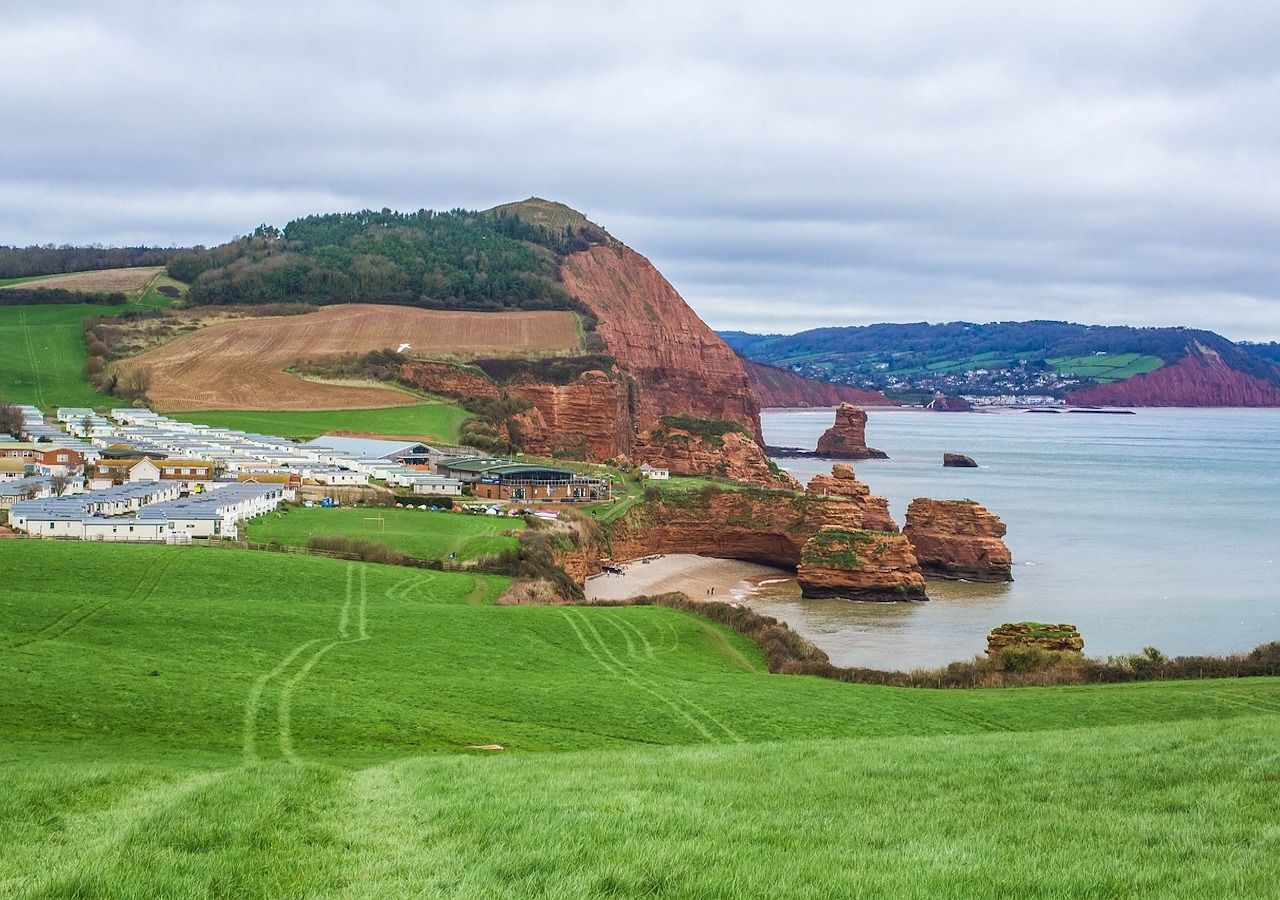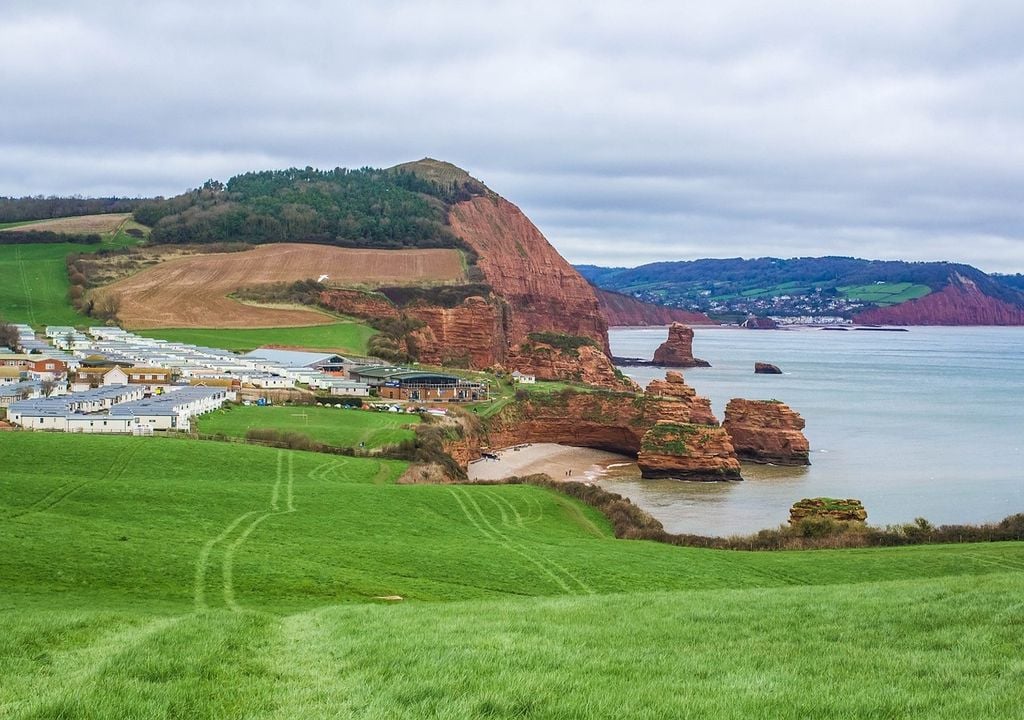

Scientists from universities Cambridge This is Cardiff Figured out what could be World's oldest forest evidence discoveredFossilized in sandstone cliffs on the coast of Devon and Somerset Southwest UK. The wood fossils found are ancient 390 million years Before, during Devonian periodA time when insect species diversified and flourished.
Belongs to the plant family Calamophyton, at first glance these trees looked like palm trees, but they were much shorter, a few meters high, with small branches instead of leaves and hollow cores instead of solid wood. Therefore, we can imagine that this would have been a forest unlike anything we see today, although these were the first ancestors of our modern trees.
“Researchers have discovered a fossil forest with small, palm-like trees and arthropod tracks that date back to the Middle Devonian.”
Fossil forests found in England are 390 million years old. https://t.co/2ceGzJKFr2
: Christopher Perry pic.twitter.com/DYHicrkfc— Silence Possum (@SilencePossum) March 4, 2024
Its branches can tear down a lot of plants and act A canopy that shelters primitive insects on the forest floor. Some well-known insects from the Devonian period include millipedes (or millipedes), which feed on the remains of dead plants on the forest floor. Investigations showed During the Middle Devonian and later geologic periods, insects etc Millipedes appeared to follow an omnivorous dietSo they are They fed on plants and other invertebrates.
An unexpected discovery of Devonian rocks
The discovery predates the previous record of the oldest fossilized forest found in a sandstone quarry in Cairo, New York state, by about four million years.
These are FossilsRecently identified in geological strata confirmed as the oldest known forest fossils on Earth Hangman Sandstone Formationand emerge together Devon-Somerset CoastNear Minehead, South of the Bristol Channel.
Geologists made an unexpected discovery. Teacher Neil Daviesof Department of Earth Sciences From the University of Cambridge, which focuses on analyzing ancient sedimentary environments, “It was a very strange forest, not like what you see today“.
It's a steep learning curve, but starting to understand the difference between the trees that made up the first forest.#Online Residency
together with @nb2701_berry
Upcoming show Shadow Forests @Beth3WishesPaintings
RHS Pseudosporochnus
LHS Calamophyton
Class Cladoxylopsida pic.twitter.com/7mtpvwA8FdAngela Gilmour (@ang_gilmour) September 9, 2021
This is the oldest fossil evidence of this type of tree in the British record. Due to the condition of the trees, it also beats such records The Ancient “fossil forest”.
Research co-author Dr Christopher Perry, from Cardiff's School of Earth and Environmental Sciences, said: “It was amazing to see them so close to home. But, for the first time, seeing these trees in their mature stages is a very revealing sight. This is our first opportunity to directly observe the ecology of this type of ancient forest and interpret the environment in which the trees grew. Calamophyton Assess its impact on the sedimentary system”.
Devonian period
The Devonian period takes its name from where some of the most iconic geological specimens of the period were found: in Devon. Further On the coasts of Devon and Somerset, geological exposures do not contain important plant fossils.. This discovery shows the presence of ancient trees that carved the geological features of the period such as river banks and beaches.
The way trees and forests evolved throughout the Devonian changed Earth's landscapes primarily by stabilizing sediments that otherwise would have been eroded or dry and in some places desertified.

“Reader. Infuriatingly humble travel enthusiast. Extreme food scholar. Writer. Communicator.”






